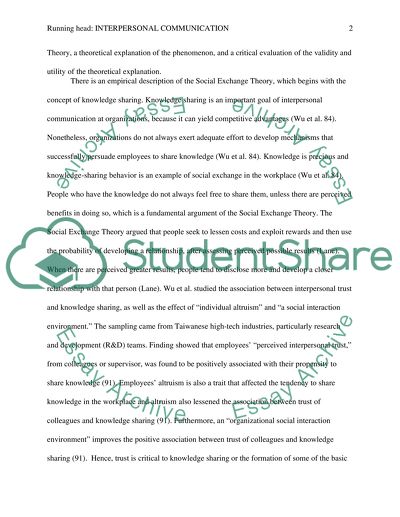Cite this document
(Interpersonal Communication: Empirical, Theoretical, And Critical Coursework, n.d.)
Interpersonal Communication: Empirical, Theoretical, And Critical Coursework. https://studentshare.org/social-science/1416287-important-phenomenon-of-interpersonal
Interpersonal Communication: Empirical, Theoretical, And Critical Coursework. https://studentshare.org/social-science/1416287-important-phenomenon-of-interpersonal
(Interpersonal Communication: Empirical, Theoretical, And Critical Coursework)
Interpersonal Communication: Empirical, Theoretical, And Critical Coursework. https://studentshare.org/social-science/1416287-important-phenomenon-of-interpersonal.
Interpersonal Communication: Empirical, Theoretical, And Critical Coursework. https://studentshare.org/social-science/1416287-important-phenomenon-of-interpersonal.
“Interpersonal Communication: Empirical, Theoretical, And Critical Coursework”. https://studentshare.org/social-science/1416287-important-phenomenon-of-interpersonal.


